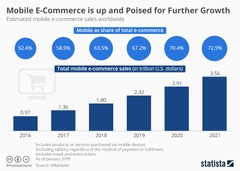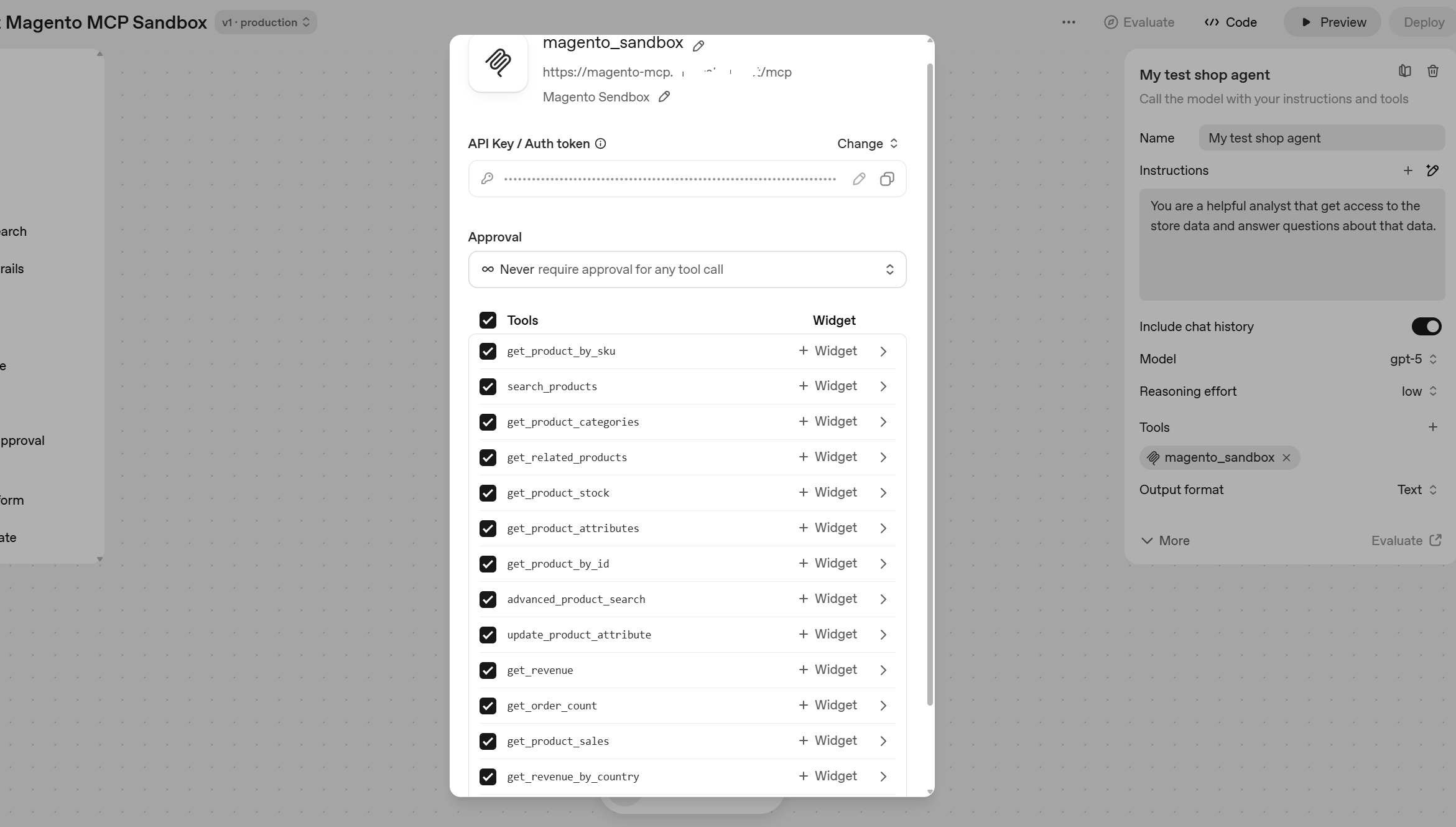
This is a guest blog post from Udemy. If you write about eCommerce in general and specifically Magento, ready to write unique and engaging content and interested to be posted in our blog – Contact Us.
For most customers, the shopping process happens online. Whether they are looking for the latest tech gadget or something to eat, there’s nothing they can’t find using a computer, a tablet, or a smartphone.
In fact, if customers can’t find you online, your business is close to non-existent!
The e-commerce trend continues to gain terrain in front of brick-and-mortar businesses and it even got a strong boost from the COVID-19 pandemic. According to Statista, global e-commerce sales are expected to reach $6.5 trillion by 2023. Also, by the end of 2021, it is expected that we’ll have more than 2.1 billion online shoppers.
In a simplified approach, the main reason for this change is convenience. Customers don’t like wasting time and resources with shopping and e-commerce stores offer a more convenient approach. Also, store owners get to re-shape their budgets and increase their audience.
However, in the online world, the competition is steeper and the digital noise is louder. Here, e-store owners must fight tooth and nail for customers’ attention (which is a highly-valuable commodity) and make sure they provide relevant content.
So, to keep up with the competition and dominate the market, an e-commerce business must keep up with the latest marketing trends. In this article, we’ll discuss these trends and how you can use them to grow your success in 2020.
Personalization for a Better User Experience
If you want to boost sales and get better customer retention, you must be the first one to make a move and not wait for the customer to come to you!
Investing your time into studying Big Data and AI algorithms you can track and understand users’ behavior on your e-commerce platform and act accordingly. For instance, you can send an email to customers you know would be interested in a price discount on a specific product or category of products. You can also program a series of emails, depending on a user’s level on the platform (just subscribed, new customer, returning customer) and adjust email frequency based on individual preferences.
By treating each customer at a more personal level, you establish a stronger connection between them and the brand. Furthermore, personalization improves the overall user experience on the site or in the app, which leads to satisfied customers and a better word of mouth representation.
Mobile Shopping Takes Over
Mobile devices represent one of the core reasons why shopping has moved online. As mobile devices get more powerful and come with a bigger screen and broader internet access, it gets easier to shop while at work, when you have a few moments to yourself.
And, with around 3.8 billion smartphone users worldwide by 2021, e-commerce must re-focus their attention on mobile users.

Image source: Statista
What does this mean?
Starting with the most critical technical aspect, e-commerce stores must use responsive themes that adapt to any screen size and position. Also, there are brands (such as H&M or Asos) that built online store as an app, which allows users to make use of their device’s native functions.
Another aspect that matters in mobile shopping is loading speed. According to Neil Patel, 40% of users abandon a page that takes more than 3 seconds to load. This means that just a 1-second page delay can cost you dearly over the span of one year.
Voice Search Integration
The Star Trek and Iron Man series showed us a world where technology is easily available without direct contact.
While we’re still working on developing that, virtual assistants (such as Alexa, Siri, Google Assistant, and others) get smarter and easier to use for various tasks. They make life easier, which adds to the convenience factor of e-commerce platforms.
According to recent data, people do use voice search and about 20% of it is for grocery shopping online! As such, if you don’t account for this growing trend, there’s a strong chance that you’ll miss the start of this opportunity.
Google is already working on voice search integration for a while now, and one of its recent updates (BERT) made a move in this direction. So, it’s time to start researching how to adjust your current e-commerce platform in order to accommodate voice search.
The Age of Automation: AI, ML, & AR
Artificial Intelligence and Augmented Reality use machine learning and other smart technologies to take the customer experience to a new level.
In most cases, AI is used to make smart recommendations based on users’ previous behavior, send relevant newsletters with high-degree of personalization, support customer support via intelligent chatbots, and provide businesses with AI-driven decision analytics.
On the other hand, AR is used to improve the overall user experience by blending the real and the virtual.
A great example of how brands can use AR comes from Boxed – a wholesales retailer focused on online bulk buying. They use AR technology in their mobile app to show viewers how the products they want to buy would fit in their homes. Furthermore, they have Bulky (their intelligent Facebook Messenger bot) who provides users with help in finding new products and placing orders.
In today’s advanced technical environment, intelligent systems are everywhere. For instance, e-commerce stores can use an automated tool (based on machine learning and big data) for setting up effective Google Ads (which is a time-consuming task when performed manually).
Buying Experience
The entire online purchase construct is based on trust. Customers trust you will deliver on your promise and agree to pay for products and services. On the other hand, you trust the payment methods used by customers and agree to provide them with the best possible experience.
As such, an e-commerce platform that provides users with the possibility to pay faster, easier, and with more security, is considered trustworthy. Also, more customers would rather use PayPal and e-wallet options to pay for online shopping. The trend is going even further, with cryptocurrency on the horizon.
Wrap Up
The world of commerce and retail is changing at a fast pace, so it’s important to keep up with the trends to stay in business. Of course, not every trend will suit your specific situation. But, if you understand your niche and the type of audience you want, it’s easier to know where to put your money.
Author BIO
Stewart Dunlop looks after content marketing a Udemy and has a passion for writing articles that users will want to read. In his free time, he likes to play football and read Stephen King.





